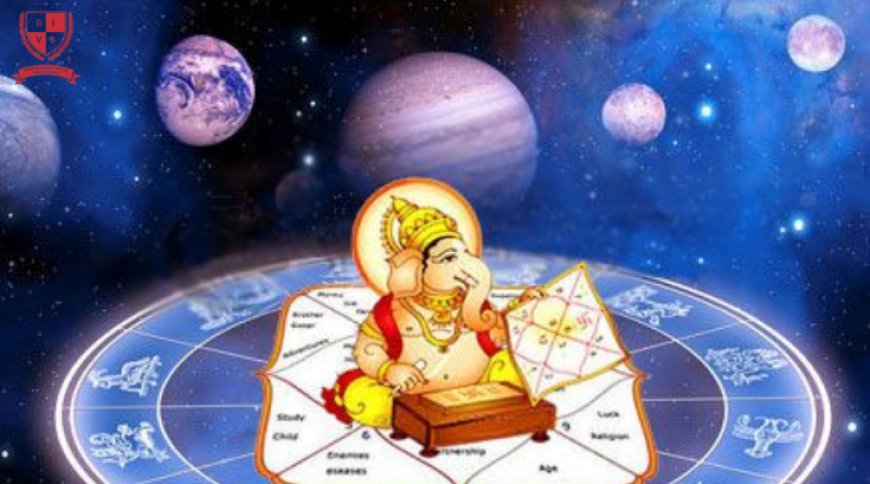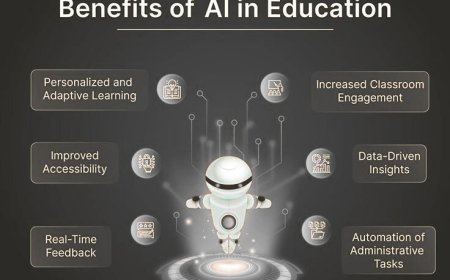Spiritual Algorithms: The Science of Sanatan Dharma
Explore the spiritual algorithms of Sanatan Dharma and decode ancient wisdom through structured Vedic science courses for a balanced, conscious life.

In the modern world of artificial intelligence and computer coding, the word algorithm often evokes thoughts of machines, calculations, and automation. But if we look deeper into the roots of Indian philosophy, particularly Sanatan Dharma, we discover an ancient set of spiritual algorithms a timeless code designed to help human beings live in harmony with themselves, nature, and the cosmos.
Understanding Sanatan Dharma: Beyond Religion
Sanatan Dharma, commonly referred to as Hinduism, is not merely a religion. It is a comprehensive system of knowledge, ethics, cosmology, and inner exploration. The term "Sanatan" means eternal, and "Dharma" means duty, law, or the natural order. Together, they describe a universal, timeless way of life not bound by culture or era, but applicable to all human beings seeking truth and balance.
What makes Sanatan Dharma unique is its scientific and systematic structure, which is now being studied through Vedic science courses worldwide. This ancient system doesnt just ask for belief; it invites inquiry, contemplation, and practical application much like algorithms do in computing.
The Algorithmic Nature of Vedic Thought
Just like a software algorithm follows a specific set of logical steps to produce a result, Vedic scriptures offer frameworks spiritual algorithms that guide human action, thought, and emotion toward enlightenment and balance. Consider these examples:
-
The Four Purusharthas (Goals of Life) Dharma (duty), Artha (wealth), Kama (desire), and Moksha (liberation) provide a structured life approach like a multi-step function for human development.
-
The Law of Karma operates as a cosmic cause-effect engine, where every action leads to a predictable consequence over time.
-
Yogic paths like Bhakti (devotion), Jnana (knowledge), and Karma (action) are modular tools, much like distinct programming functions, each serving a particular soul type or situation.
These principles arent theoretical. They are designed to be practiced, refined, and adapted, echoing the iterative process of software development. No wonder many global thinkers are now approaching Sanatan Dharma not just spiritually, but scientifically.
Vedic Sciences: The Core of Eternal Algorithms
The broader knowledge system within Sanatan Dharma is composed of Vedic Sciences, a term that includes disciplines like:
-
Ayurveda (science of life and health)
-
Jyotish (Vedic astrology)
-
Vastu Shastra (sacred architecture and space alignment)
-
Yoga and Meditation (mind-body optimization)
-
Sanskrit and Mantras (vibrational science)
These are not random spiritual tools; they are coherent systems based on observable truths, intuitive patterns, and cosmic laws. For instance, Ayurveda is based on the Tridosha theory (Vata, Pitta, Kapha), a perfect example of a diagnostic algorithm that customizes health solutions for each individual.
If you're seeking structured education in these subjects, various Vedic science courses now offer digital access to ancient wisdom in a modern format. Among the reputed names in this space, the Bhartiya Institute of Vedic Science provides systematic study programs to decode and apply these spiritual algorithms.
Spiritual Coding for a Balanced Life
In todays age of mental health crises, identity confusion, and burnout, Sanatan Dharmas wisdom serves as a healing algorithm. It doesnt require you to convert or adopt rituals blindly. Instead, it offers logical frameworks for:
-
Cultivating mindfulness and emotional intelligence
-
Understanding your soul purpose (Swadharma)
-
Harmonizing with the five elements (Pancha Mahabhutas)
-
Aligning personal energies with cosmic rhythms (through planetary knowledge or Jyotish)
-
Structuring your daily routine and lifestyle for holistic well-being (Dinacharya & Ritucharya in Ayurveda)
In essence, its lifes operating system, one that has survived millennia because of its adaptability and rootedness in truth.
Modern Relevance and Scientific Exploration
Sanatan Dharma is now being studied even by physicists and neuroscientists who are amazed at its alignment with quantum theory, neuroscience, and energy-based medicine. Concepts such as:
-
Advaita (non-duality) resonates with quantum entanglement.
-
OM, as a universal sound, has measurable vibrational effects.
-
Chakras and nadis are being researched in energy healing modalities.
This isnt a coincidence its convergence. The algorithms encoded in ancient texts were not guesses but insights gained through intense meditation, intuition, and observation the original scientific method.
Learning the Language of the Cosmos
Vedic knowledge encourages each seeker to become a programmer, not of machines, but of ones own destiny. Through spiritual discipline (sadhana), study (svadhyaya), and service (seva), one rewires the inner world to mirror cosmic harmony.
If you're someone who resonates with both science and spirituality, exploring Vedic science courses can unlock a new worldview. They dont demand belief they invite experimentation, observation, and transformation.
Conclusion: Rewriting the Code of Life
In a world overwhelmed with external noise, Sanatan Dharma offers a sacred silence, a logical rhythm of life, a blueprint that empowers individuals to live consciously and purposefully. The spiritual algorithms embedded in its teachings are not just for monks or scholars they are for anyone willing to listen, learn, and live in alignment with eternal truth.
Whether youre a student of life, a seeker of truth, or a lover of science, its time to explore these ancient codes not as religious relics, but as living algorithms that help us code joy, peace, and balance into our everyday lives.











































